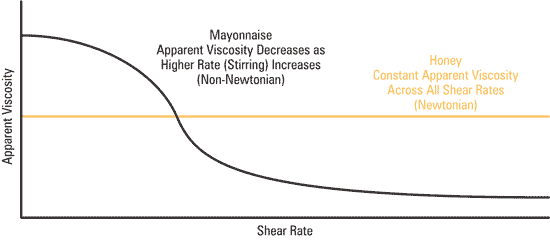

It is more commonly measured in centistokes (cSt). Kinematic viscosity incorporates fluid density as part of its measurement. Kinematic viscosity has SI units of m 2 s -1. It is more commonly measured in centipose (cP). Units of Measurementĭynamic viscosity has SI units of Pa s. Kinematic viscosity measures this in terms of density, whereas dynamic viscosity does not.

Difference Between Dynamic and Kinematic Viscosity Involvement of Densityīoth dynamic and kinematic viscosities measure how difficult it is for a fluid to flow. When the viscosity of a substance is quoted, the temperature should be specified. Note that since viscosity depends on temperature (the viscosity decreases as temperature increases in liquids, while the viscosity decreases when the temperature of a gas increases). Dynamic viscosity is the ratio between the applied shear stress and rate of shear of a liquid or the measure of the resistance to the flow of liquid. However, the more commonly-used unit for measuring kinematic viscosity is the centistoke (cSt). Kinematic viscosity is the ratio of the viscosity of a fluid to its density or the resistance of a fluid to flow under gravity. The SI unit of kinematic viscosity is m 2 s -1. Kinematic viscosity ( ) of a fluid is the ratio of the fluid’s dynamic viscosity to its density : Non-Newtonian fluids cannot be described with one value for viscosity. Note that the above equation is only valid for so-called Newtonian fluids. In this sense viscosity is a measurement of how difficult it is to make a fluid flow. is a constant of proportionality, and it is known as the dynamic viscosity of the fluid. Where is the area of the layer and is the distance between the layers. The force required to move a layer of fluid in this way is related to the velocity at which the fluid layer will move by the equation: A force needs to be applied to a layer of fluid in order to make it flow at a constant speed relative to any other layer. Whenever a fluid flows against a surface, the different layers of fluid exert frictional forces between each other, causing them to flow at different speeds. The main difference between dynamic and kinematic viscosity is that dynamic viscosity is a measurement of how difficult it is for a fluid to flow whereas kinematic viscosity is the dynamic viscosity of a fluid divided by its density. Usually, two types of viscosity are quoted: dynamic and kinematic viscosity. Viscosity is very important to any process that depends on a flow of fluid. Main Difference – Dynamic vs. Kinematic Viscosity


 0 kommentar(er)
0 kommentar(er)
